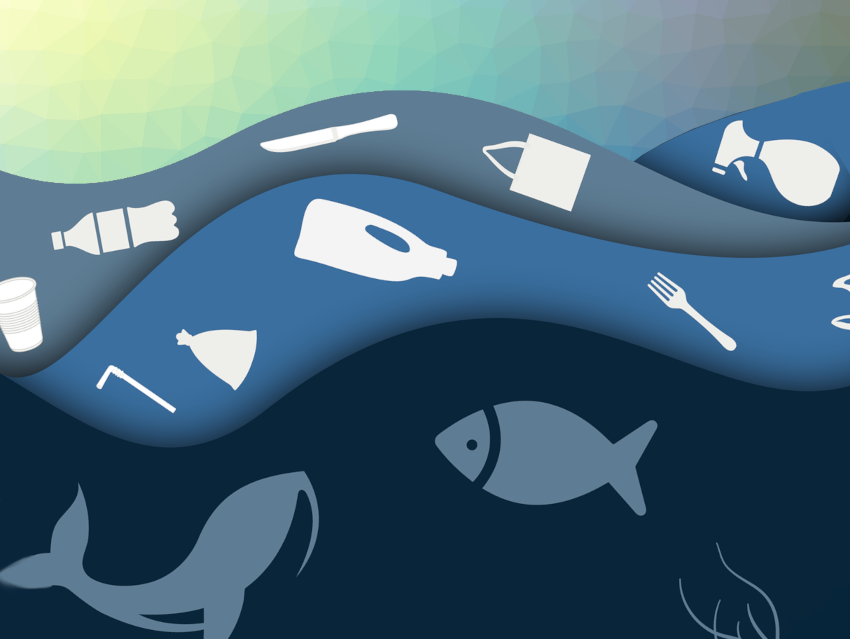What happens to plastic waste once it has entered the sea? The answer to this question is not easy to find. It has been estimated that 250 million kilograms of plastic waste float on the oceans’ surfaces, while 800–2,400 million kilograms from rivers and 4,800–23,000 million kilograms from coastal regions enter the seas every year. This mismatch in amounts needs some explanation, e.g., for how plastic waste is transported away from the surface.
Mikael L. A. Kaandorp, Utrecht University, The Netherlands, and Forschungszentrum Jülich GmbH, Germany, and colleagues have used data from different marine environments, including coastlines, the ocean surface, and the deep ocean. The team focused on polymers that float when they first enter the ocean, such as polyethylene, polypropylene, or polystyrene. They incorporated this data into a numerical model, which considers particle sizes of 0.1–1,600 mm. It includes the fragmentation, sinking, biofouling, beaching, and resuspension of plastics.
The team found that larger plastics (>25 mm) make up more than 95 % of the initially buoyant marine plastic mass. Their model suggests an ocean plastic input of about 500 kilotonnes per year, smaller than previous estimates. However, these results indicate that the residence times of plastics in the seas are higher than previously thought. The team also estimates that the plastic input into the oceans is probably growing around 4 % per year. Without further mitigation strategies and clean-up efforts, the combination of the increasing input and the long persistence of marine plastics means there could be an increasingly negative impact on ecosystems.
- Global mass of buoyant marine plastics dominated by large long-lived debris,
Mikael L. A. Kaandorp, Delphine Lobelle, Christian Kehl, Henk A. Dijkstra, Erik van Sebille,
Nat. Geosci. 2023, 16, 689–694.
https://doi.org/10.1038/s41561-023-01216-0

![Synthesis of [c2]Daisy Chains via Mechanochemistry](https://www.chemistryviews.org/wp-content/uploads/2025/04/202504_RotaxanesWithSolidStateMechanochemistry-125x94.png)


